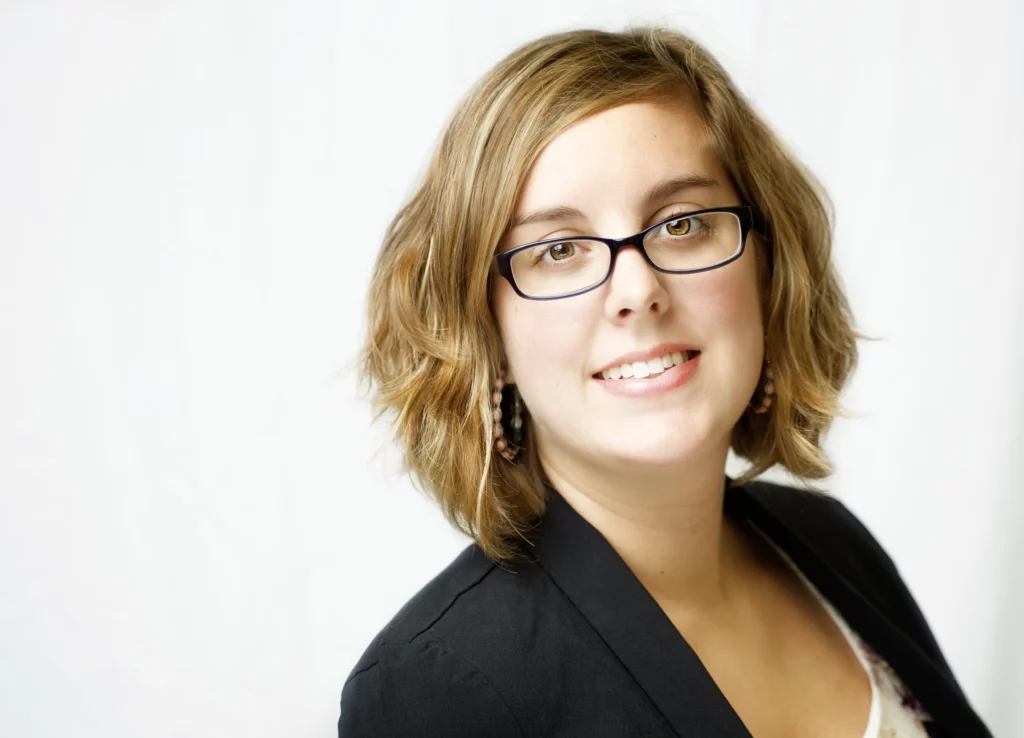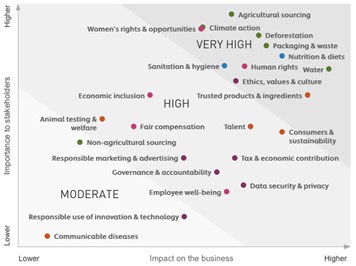
By Michelle Miller, Senior Sustainability & Product Stewardship Specialist, Appvion Operations, Inc.
With so many different topics in sustainability, it’s hard to know where to start sometimes. You have water usage, energy efficiency, pollution prevention, employee training and education, community engagement, wellness programs, product life cycle assessment, responsible sourcing… and that is just to name a few of them. It’s easy to start feeling overwhelmed and not know where to focus your efforts. Performing a materiality assessment or a gap assessment is a great way to help identify key areas of risk and opportunity within your organization.
A materiality assessment is a process of identifying and ranking potential environmental, social, and governance issues that could affect your business and your stakeholders. You conduct an assessment by making a list of topics that are relevant to your business and getting input from your various stakeholders on their importance and the impact they can have on your business.
The results from the stakeholder input help rank the topics and inform your sustainability strategy, develop targets, and generate internal or external reports. For example, if your customers, suppliers, employees, and investors all rank energy and climate change as high importance and believe it has a high impact on the business – it’s probably safe to say that exploring the company’s carbon footprint should be a key area of focus for your organization. An example of a completed materiality assessment map can be seen below.

The Sustainability Accounting Standards Board (SASB) generates materiality maps for many of the major industries and sectors. Along with the Global Reporting Initiative (GRI), SASB is one of the most well-known nonprofits that create standards to help organizations create sustainability reports. SASB materiality maps identify issues that are likely to affect the performance of companies within the identified sectors. You can use one of theirs to help get started.
Another method to help narrow your focus is to utilize a gap assessment or benchmarking tool. Ecovadis, CDP, and Wisconsin Sustainable Business Council (WSBC) Green Masters program are examples of great benchmarking tools. These programs require you to fill out a survey on various sustainability topics. The survey is then graded by sustainability experts and you are given a score on the various topic areas and overall. Topic areas with low scores should be a focus when developing your sustainability objectives. Many companies are starting to require their suppliers to participate in one of these programs to help track sustainability within their supply chain.
If you plan to perform a gap assessment, a good way to start is by talking with various departments on current practices and assessing trends of any key performance indicators (KPIs) that are currently being tracked. The GRI standards list many examples of sustainability-related KPIs. If you don’t have any KPIs, that in itself is a gap warranting your focus. You don’t know where you stand on a topic if you have no measurables to track or benchmark against. Where KPIs exist, and trending shows an unfavorable trajectory, sustainable objectives to help improve the KPI will likely be appropriate as part of your overall program. For example, if over the past five years you notice the employee turnover rate has steadily increased, a key area of focus for your sustainability program should be employee retention.
Performing a materiality assessment or gap assessment is one of the most important exercises a company can undertake when starting your sustainability program journey. Performing these assessments can help narrow your focus as you choose topic areas in which to set objectives. Whichever assessment you decide to use, be sure to set measurable and time-bound goals and establish clear program tasks to help achieve those objectives.